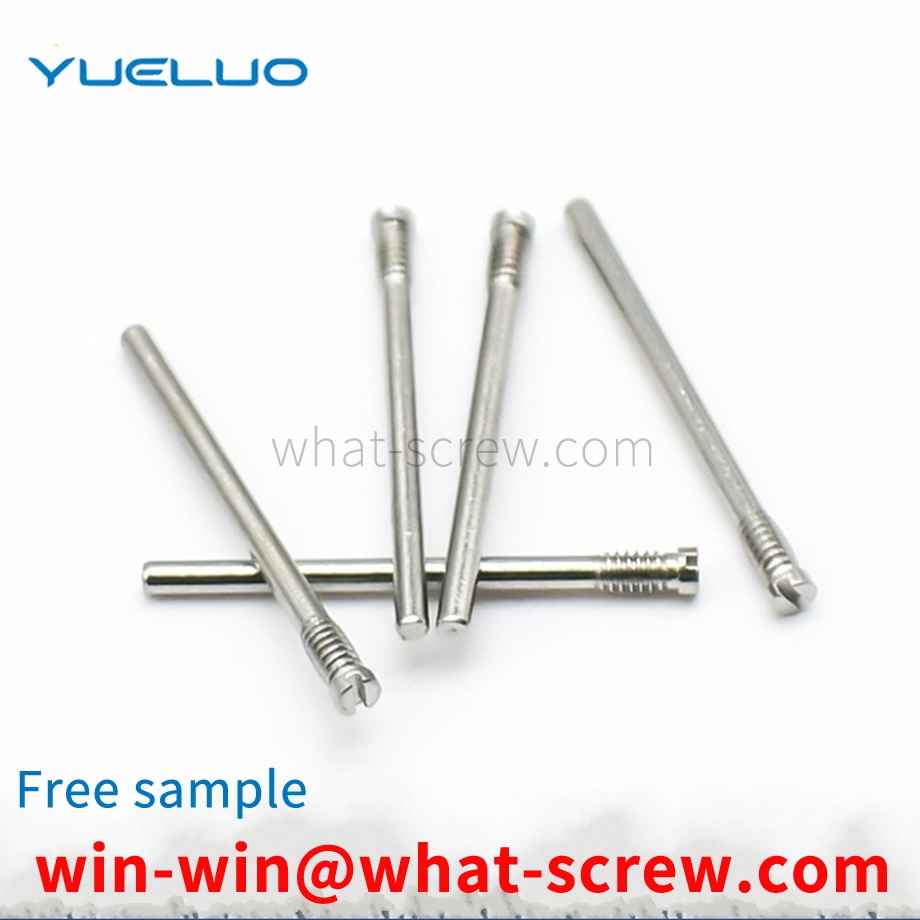NPT, PT, G are all pipe threads. NPT is the abbreviation of National (American) Pipe Thread, which belongs to the American standard 60-degree taper pipe thread, which is used in North America. National standards can be found in GB/T12716-1991 PT is the abbreviation of Pipe Thread, which is a 55-degree sealed conical pipe thread, which belongs to the Whitworth thread family and is mostly used in Europe and the Commonwealth of Nations. Commonly used in water and gas pipe industry, the taper is specified as 1:16. The national standard can be found in GB/T7306-2000 G is a 55 degree non-threaded sealing pipe thread, which belongs to the Whitworth thread family. Marked as G stands for cylindrical thread. National standards can be found in GB/T7307-2001 In addition, the 1/4, 1/2, 1/8 marks in the thread refer to the diameter of the pipe, and the unit is inches. People in the industry usually refer to thread size in points, 1 inch equals 8 points, 1/4 inch is 2 points, and so on. G seems to be the general name for pipe threads (Guan), and the division of 55 and 60 degrees is functional, commonly known as pipe circle. That is, the thread is machined from a cylindrical surface. ZG is commonly known as pipe cone, that is, the thread is made of a conical surface. The general water pipe joints are like this. Rc means conical internal thread ZG means taper pipe thread, 3/4 means inch mark, which is 3/4 inch conical pipe Thread, there is in the Hardware Manual. The national standard stipulates that the major diameter of ZG 3/4 thread is 26.44 mm. Please refer to Metric, American and British Thread Standard Manual (Third Edition). Its representation method should be: ZG 3 /4″. Among them (〃) is the representative symbol for inches. One inch is equal to 8 inches. The origin of 3/4 is 6/8=3/4. Commonly known as 6 points. Similarly, the major diameter of ZG 1/2″ thread≈21 mm. Commonly known as 4 points. ZG 1″ thread diameter ≈ 33 mm. Commonly known as 1 inch. ZG 1 1/2″ thread pipe outer diameter ≈ 48 mm. Commonly known as 1 inch and a half. Taper pipe thread is very similar to pipe thread, the difference is Only in the taper. Note that the basic size of the pipe thread and ordinary thread is different. DN is the nominal diameter
Guangdong Yueluo Hardware Industry Co., Ltd. is a kind of locking nut, which includes a nut, the bottom of which is circular, the middle is hexagonal, the top is circular, there is a bolt hole in the center, the side wall of the bolt hole is threaded, and the top of the nut is Set up several squash notches. According to the locking nut of the preferred embodiment of Guangdong Yueluo Hardware Industry Co., Ltd., the number of flattening notches is three. The three flattening gaps can be used as the focal point of the tightening tool and the clamping place of the anti-loose gasket bayonet, and the structure is simple and can be formed by die stamping at one time.
The meaning of bolt performance grade is an international standard. Bolts of the same performance grade, regardless of the difference in material and origin, have the same performance, and only the performance grade can be selected in the design. Strength grade The so-called 8.8 and 10.9 grades refer to the shear stress grades of bolts of 0.88GPa and 1.09GPa 8.8 Nominal tensile strength 800N/MM2 Nominal yield strength 640N/MM2 General bolts use XY to indicate the strength, X *100=tensile strength of this bolt, X*100*(Y/10)=yield strength of this bolt (because according to the regulations: yield strength/tensile strength=Y/10, that is, 0.Y is the yield strength ratio ) If the grade is 4.8, the tensile strength of this bolt is: 400MPa; the yield strength is: 400*8/10=320MPa. Another: stainless steel bolts are usually marked as A4-70, A2-70, and the meaning is otherwise explained Measurement: There are two main units of length measurement in the world today, one is the metric system, and the measurement unit is meters (m) and centimeters (cm). ), millimeter (mm), etc., are used more in Europe, my country and Japan and other Southeast Asian regions, the other is the British system, and the unit of measurement is mainly inches (inch), which is used more in the United States, Britain and other European and American countries. 1. Metric measurement: (decimal system) 1m2 =100 cm2=10000 mm2, imperial measurement: (8 decimal system) 1 inch = 8 inches 1 inch = 25.4 mm 3/8¢¢×25.4 =9.523, 1/4 ¢¢ The following products are indicated by their number, such as: 4#, 5#, 6#, 7#, 8#, 10#, 12#
The Greek mathematician Arkutas once described the principle of screw, screw, screw. In the first century AD, the Mediterranean world had begun to use wood screws, screws, and screws in screw presses that could press olive oil from olives, or make wine from grapes. Before the fifteenth century, metal screws, screws, screws were rarely used as fasteners in Europe. Rybczynski (Rybczynski) proves that hand-held screwdrivers and screwdrivers existed in the Middle Ages (at the latest AD 1580), but it was not until the eighteenth century that threaded fasteners were commercialized and began to be widely used. . Before threaded fasteners were widely used, there were many different ways of tightening. Mostly related to woodworking and forging, and less to machining, concepts such as dowels and pins, wedges, tenon and tenon, dovetails, nails, forge welding, and others are tied with leather or fiber and tied together. Before the mid-nineteenth century, ships were built with cotter pins, pin bolts, or rivets. There were also adhesives, but not as many as they are here today. Metal screws, screws, and screws became commonly used fasteners after the use of machine tools in the 18th century to mass-produce screws, screws, and screws. This technology developed around the 1760s and 1770s, along two separate processes. Approaches, but quickly converged: wood screws, screws, screws (metal screws for wood fixing, screws, screws) are machined with single-purpose, high-yield machines, and low-volume, mold shop style production V-Thread Machine Screws, Screws, Screws, can choose from a variety of different pitches.
rivet is a nail-shaped object used to join two parts or components with a through hole and a cap on one end. In riveting, the riveted parts are connected by their own deformation or interference. There are many types of rivets, and they are informal, commonly used are R-type rivets, fan rivets, blind rivets, blind rivets, tree rivets, semi-circular head, flat head, semi-hollow rivets, solid rivets, countersunk head rivets, blind rivets, hollow rivets Rivets, these usually use their own deformation to connect the riveted parts. Generally less than 8 mm with cold riveting, larger than this size with hot riveting. But there are exceptions. For example, the nameplate on some locks is riveted by the interference between the rivet and the lock body hole.
We have many years of experience in the production and sales of screws, nuts, flat washers, etc. The main products are: non-slip flange nuts with pads, square flat washers, 304 screws, DIN933 screws and other products, we can provide you with suitable fastening products piece solution.



















 Service Hotline
Service Hotline




